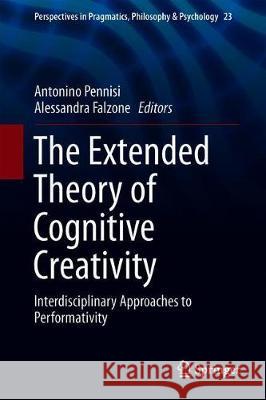The Extended Theory of Cognitive Creativity: Interdisciplinary Approaches to Performativity » książka
topmenu
The Extended Theory of Cognitive Creativity: Interdisciplinary Approaches to Performativity
ISBN-13: 9783030220891 / Angielski / Twarda / 2019 / 358 str.
The Extended Theory of Cognitive Creativity: Interdisciplinary Approaches to Performativity
ISBN-13: 9783030220891 / Angielski / Twarda / 2019 / 358 str.
cena 403,47
(netto: 384,26 VAT: 5%)
Najniższa cena z 30 dni: 385,52
(netto: 384,26 VAT: 5%)
Najniższa cena z 30 dni: 385,52
Termin realizacji zamówienia:
ok. 22 dni roboczych
Bez gwarancji dostawy przed świętami
ok. 22 dni roboczych
Bez gwarancji dostawy przed świętami
Darmowa dostawa!
Kategorie:
Kategorie BISAC:
Wydawca:
Springer
Seria wydawnicza:
Język:
Angielski
ISBN-13:
9783030220891
Rok wydania:
2019
Wydanie:
2020
Numer serii:
000471011
Ilość stron:
358
Waga:
0.68 kg
Wymiary:
23.39 x 15.6 x 2.06
Oprawa:
Twarda
Wolumenów:
01
Dodatkowe informacje:
Wydanie ilustrowane











